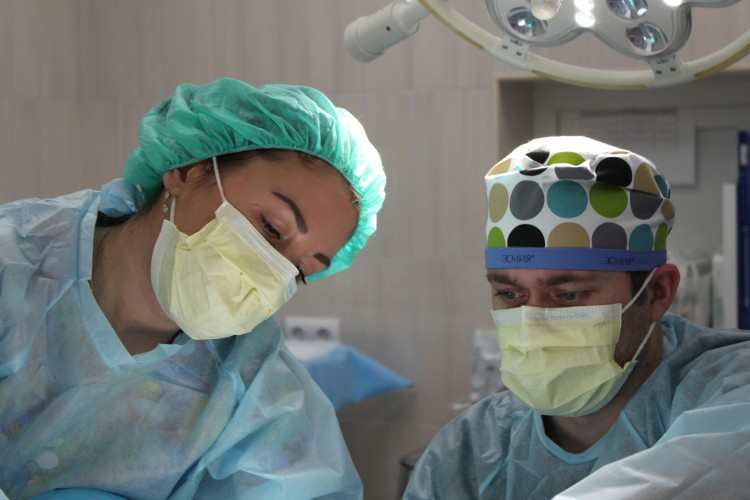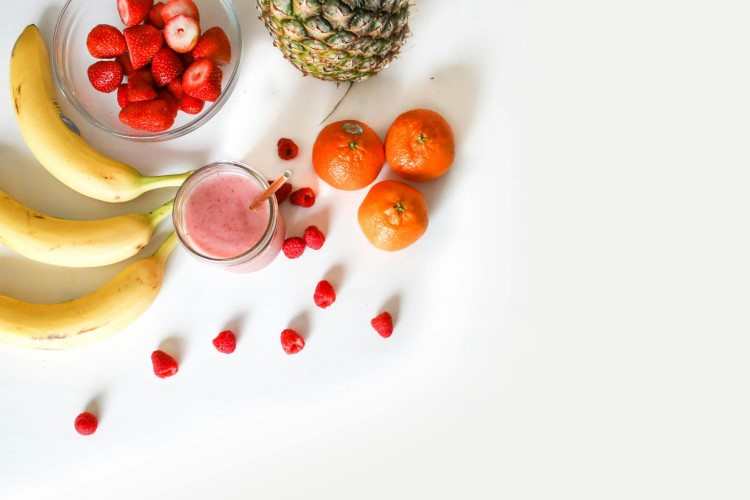
The key training method I'm going to tell you about for posture correction is strength training. In my opinion, this is the most essential way to correct any posture.
Bad posture is not solely due to your bad habits, but it is more deeply caused by your muscles not being strong enough to hold your correct posture.
Take me for example: I have a problem with my standing posture and anterior pelvic tilt. Analysis revealed that due to inadequate strength in my core muscles, especially in my lower abdomen, there was no way for me to use my core muscles like my abs and lower back muscles to support my posture when I stood. If I don't train these muscles, even if I know the correct way to stand, it won't take me more than twenty minutes before my standing posture begins to slouch. That's why I started training my lower abdominal muscles at the same time as my postural training so that I could ensure that the correct posture was maintained for a long time.
In the same way, if you have a hunchback, it can be improved by stretching and strength training the back muscles. The principle is that you can strengthen the muscles of whichever part of your body exhibits postural imbalance.
When we were talking about gait the three gait issues mentioned earlier in particular are due to muscle problems. Therefore, the root of maintaining good posture also starts with maintaining muscle strength.
If you are helping your parents after checking their gait and find out that they have these problems, these issues could may also cause arthritis and joint pain in them. For each of these muscle groups, I've made a video of a progressive exercise routine, which you can find linked in supplemental materials. This exercise is usually done for 10 minutes a day and should be maintained for at least 3 months before the correction is clinically evident.
Once corrected, it's important to practice it through maintenance training to make sure your muscles are strong enough to support a stable, biomechanically balanced gait. Strength training may seem like a small thing, but if you start doing it right today consistently, it may determine your long-term musculoskeletal health decades from now. Even individuals without diagnosed conditions often exhibit postural deviations, and 95% of all posture problems can be adjusted through training.
However, managing posture is not about achieving ideal alignment, but about alleviating the discomfort caused by poor posture and avoiding further progression leading to functional limitations. The fundamental solution to maintaining good posture — building muscle strength through training to stabilize correct posture.
LATEST POSTS
- 1
 Life Lies in Movement: Understanding Exercise Correctly
Life Lies in Movement: Understanding Exercise Correctly - 2
 "The Water Dripping Through Stone" Principle: Incorporating Exercise into Your Lifestyle
"The Water Dripping Through Stone" Principle: Incorporating Exercise into Your Lifestyle - 3
 How Serious Should We Take Colds? When to Seek Medical Care
How Serious Should We Take Colds? When to Seek Medical Care - 4
 Have You Really Grasped the Simple Act of Weighing Yourself?
Have You Really Grasped the Simple Act of Weighing Yourself? - 5
 Vitamin deficiency determines whether the body synthesizes survival or longevity proteins
Vitamin deficiency determines whether the body synthesizes survival or longevity proteins
 Scientific view of the health effects of electromagnetic radiation from electronic products
Scientific view of the health effects of electromagnetic radiation from electronic products Purpose Decides Your Results: Selecting the Appropriate Exercise
Purpose Decides Your Results: Selecting the Appropriate Exercise The three dimensions of health: complete physical, mental, and social well-being
The three dimensions of health: complete physical, mental, and social well-being Light Fasting, the Anti-Aging Switch for the Age of Longevity
Light Fasting, the Anti-Aging Switch for the Age of Longevity Vitamin C in Food: Why Do We Still Feel Deficient?
Vitamin C in Food: Why Do We Still Feel Deficient? The most important factor dominating your health: your lifestyle
The most important factor dominating your health: your lifestyle Gentle Skin Cleansing: Avoid Too Much Friction
Gentle Skin Cleansing: Avoid Too Much Friction The Science of Toothpaste: How to Choose the Right Toothpaste for Oral Health
The Science of Toothpaste: How to Choose the Right Toothpaste for Oral Health Electric Toothbrushes: 5 Key Benefits You Should Know
Electric Toothbrushes: 5 Key Benefits You Should Know













